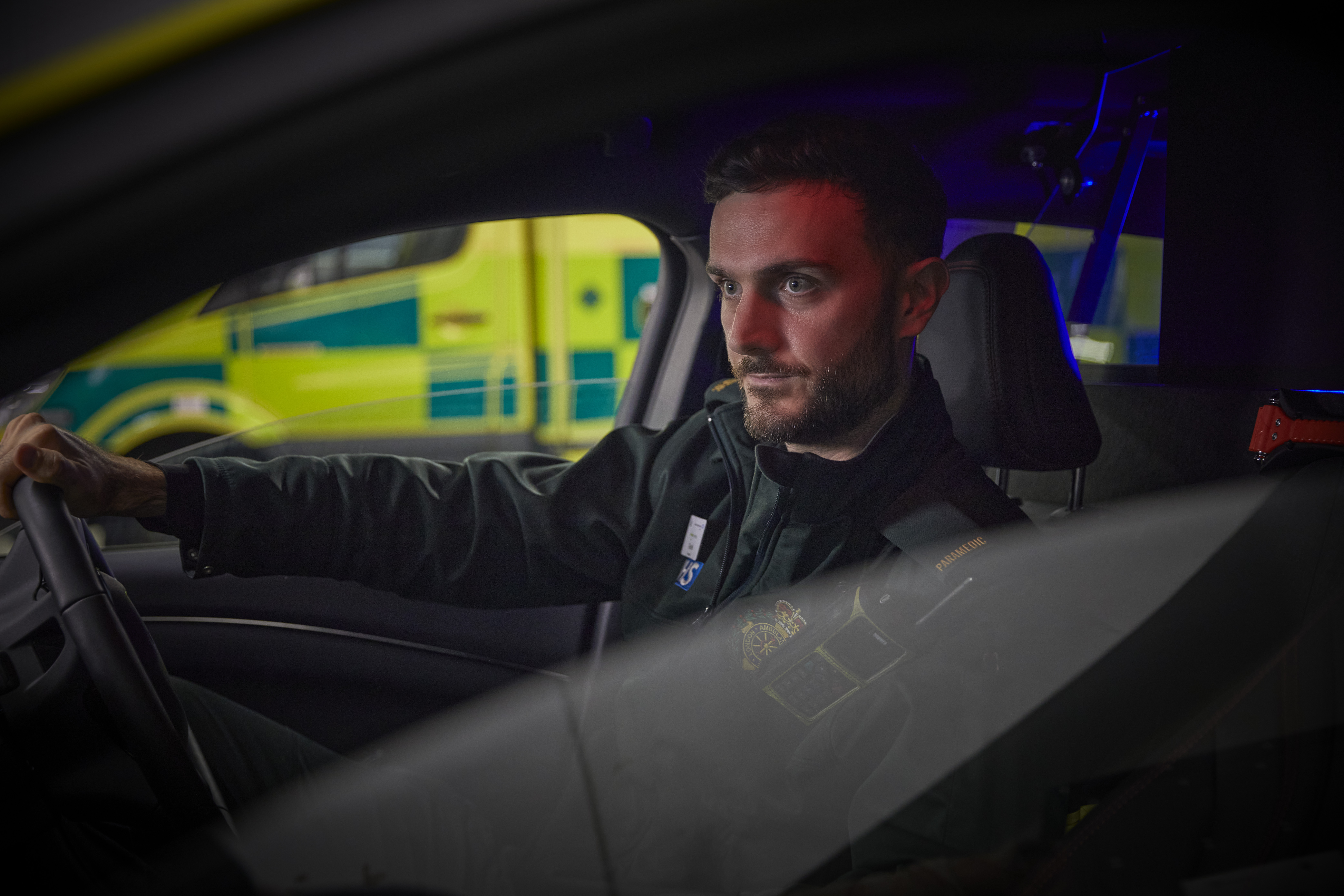
How Paramedics are Using an Electric Mustang to Reach Those in Need Fast

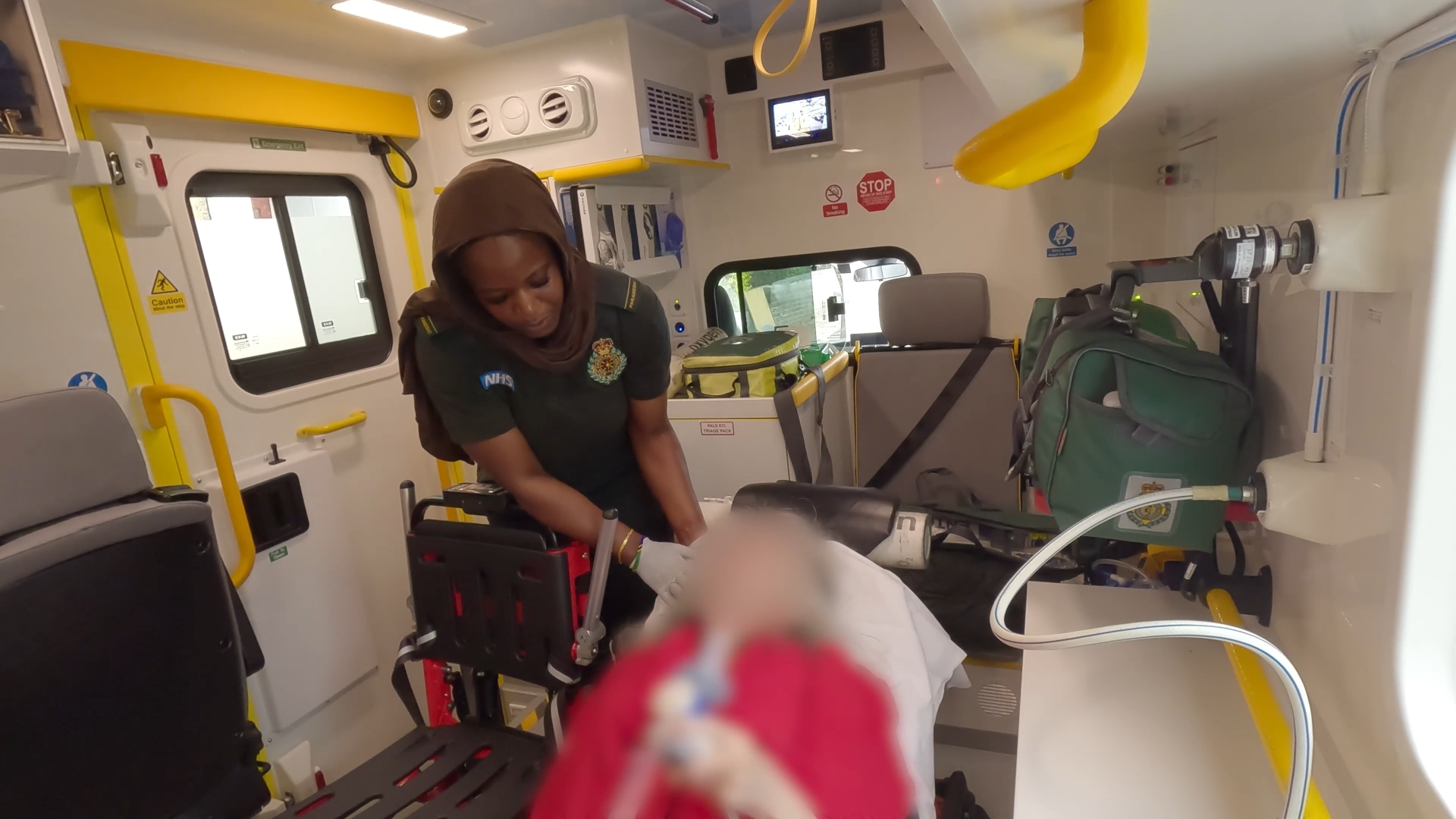

LONDON – It’s 6 a.m. on a typical Friday morning in London. The streets are starting to buzz with early-bird commuters heading to work, Londoners on their morning jogs and the keenest tourists eager to make the most of the day ahead.
For emergency medical technician Laura Nicholson and paramedic Himnah Kibuka with the London Ambulance Service, it’s time to start a 12-hour shift responding to medical emergencies across the south of the capital.
They begin by unplugging one of LAS’s Ford E-Transit electric ambulances from its charger. Like Laura and Himnah, it’s now ready for a 12-hour shift in one of Europe’s busiest cities.
LAS began using its first E-Transit ambulances in January 2024. The vehicles are specially converted versions of Ford Pro’s E-Transit1 – the most popular2 electric van of its size in Europe.
The ambulances produce zero emissions while driving, which is key for LAS as it transitions to zero-emission fleets. LAS is aiming for an 80 per cent reduction in its emissions by 2032.3
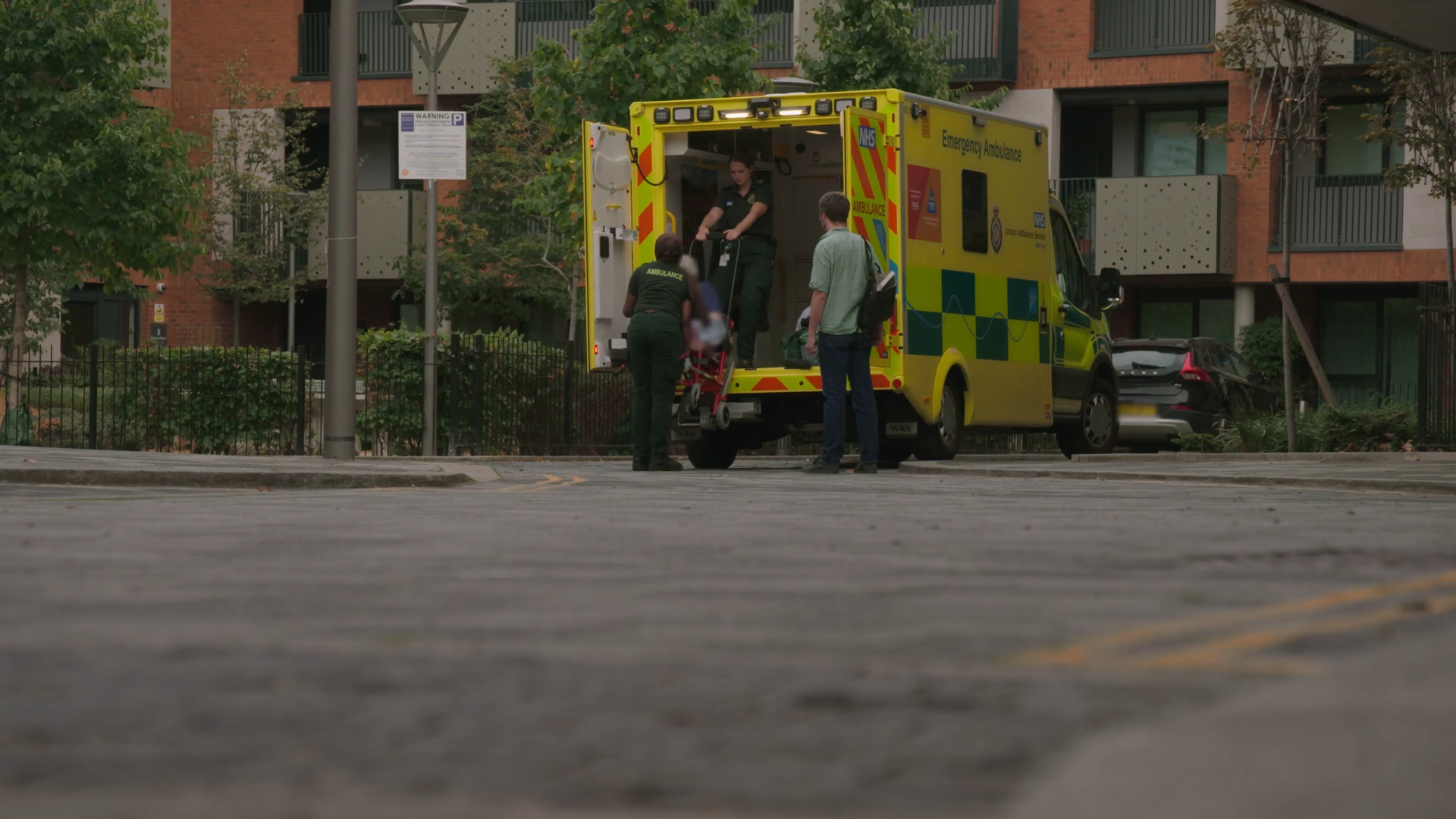
For LAS, an ambulance’s ability to cover a 12-hour shift without recharging is essential to providing life-saving care. The E-Transit ambulance needs to cover the distance between emergencies as quickly as is safely possible while its battery also powers important extra systems like the ambulance’s blue lights, sirens, and medical equipment.
The two experienced team members begin their demanding shift, setting off from their base ambulance station in Brixton, south London. Emergency calls come in fast.
One moment they're transporting an elderly patient from home to hospital; the next, they're caring for a woman with dementia found wandering London's streets.
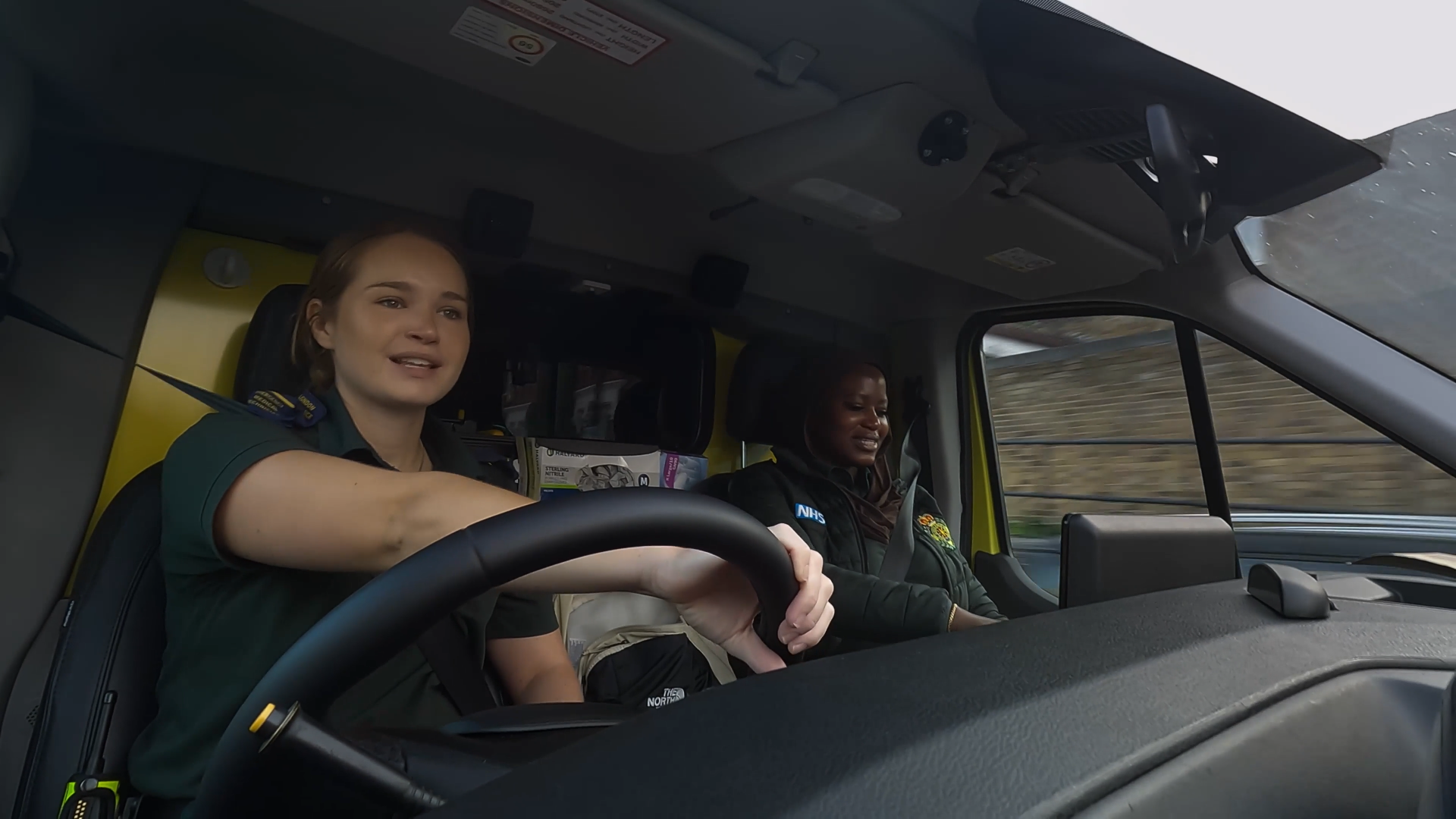
Fast and smooth electric acceleration makes it easier for Laura and Himnah to navigate London’s labyrinth of busy streets on the way to callouts and bring patients to St Thomas Hospital and King’s College Hospitals in the city.
“I don't think we've ever gone below 50 per cent battery, and that's on a 12-hour shift.”Himnah Kibuka, London Ambulance Service paramedic
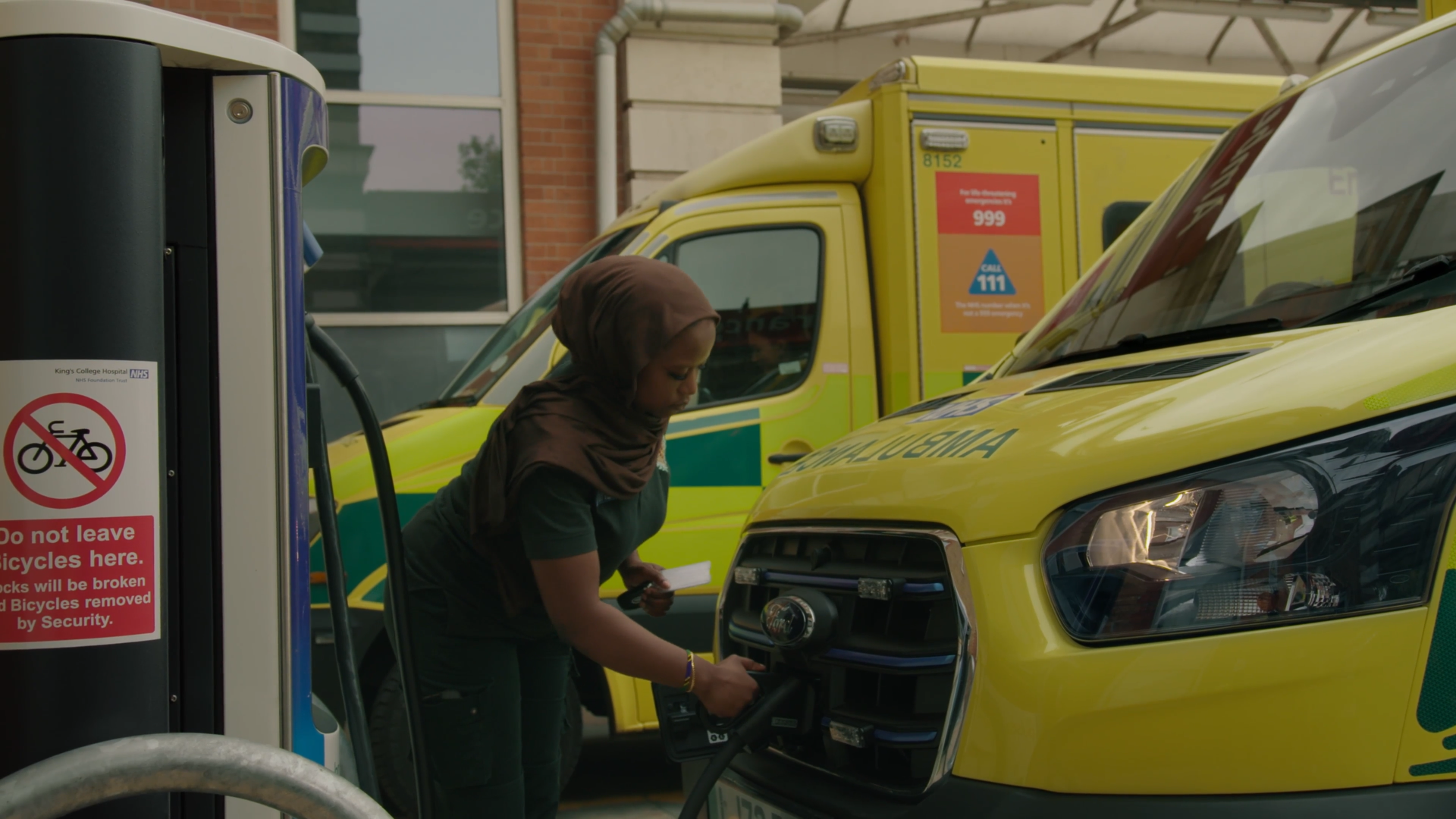
During longer patient handovers at A&E, they could take the chance to top up the battery4 – but it’s not needed. The E-Transit’s 68 kWh (useable) battery capacity means that running low on battery never crosses their minds.
A second crew unplugs a Ford E-Transit ambulance, anticipating a frenzied Friday night shift. As paramedic Molly Fisherand emergency medical technician Holly Morgan set out from Brixton, revellers begin to fill the streets across the city. Others settle in for a quiet night at home. Any one of them could end up needing medical help tonight.
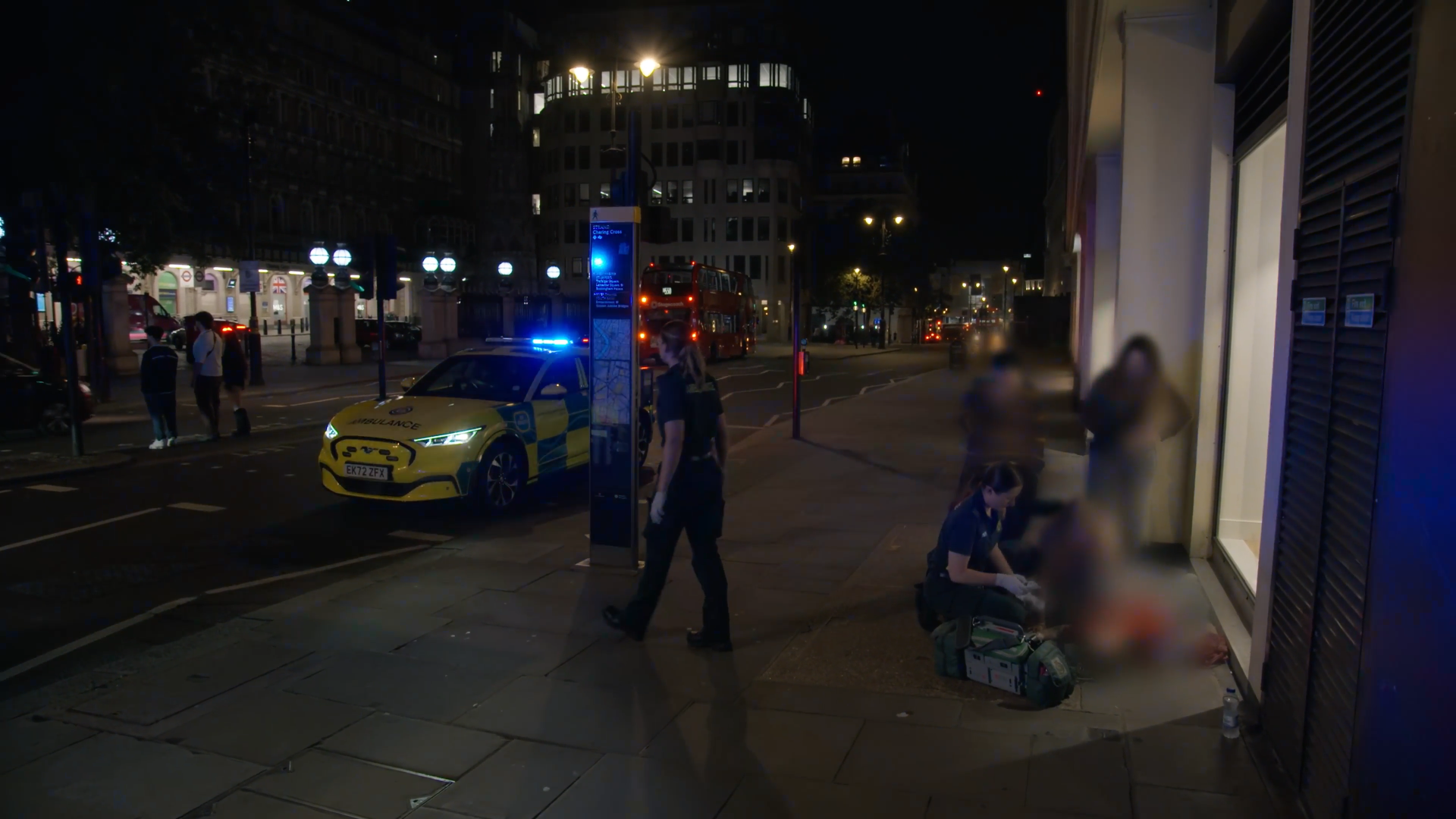
Calls come in even faster than before: a young boy having seizures, a 90-year-old who had a bad fall, and – inevitably – alcohol-related incidents.
Through it all the E-Transit ambulance keeps Molly and Holly connected, informed and in control, so that they can focus on helping patients.
Ford Pro’s SYNC Integration System makes it possible for LAS equipment like dispatch software, navigation, and communication tools to be controlled using the E-Transit’s large SYNC touchscreen display 5 in the cab. This can help Holly and Molly stay focused by reducing distraction from multiple screens, while keeping them in touch with the control room to receive important information before reaching a patient.
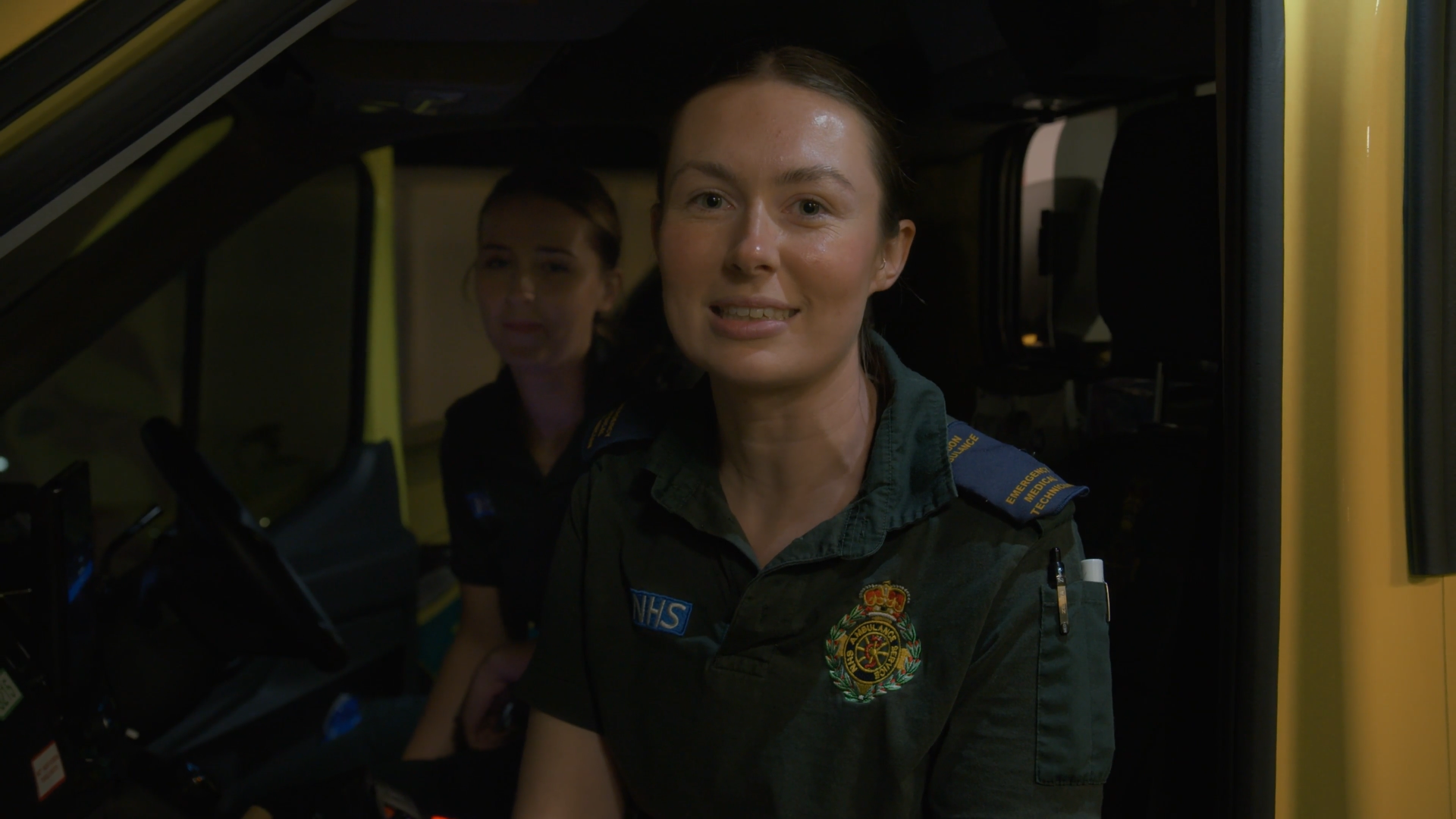
Previously, it was necessary to install other third-party equipment in the vehicle to access this information. The smart SYNC tech helps provide easy access to this vital emergency information using fewer extra screens, switches, and costly modifications that could impact reliability.
The desire to help people is why Holly and Molly became paramedics. Their job is even more satisfying knowing that by driving an electric ambulance, they are also helping to address London’s air quality issues.
1Up to 317 km driving range based on full charge of E-Transit. Estimated range using Worldwide Harmonised Light Vehicle Test Procedure (WLTP). Figures shown are for comparability purposes and should only be compared with other vehicles tested to the same technical procedures. The actual range may vary due to various factors (e.g. weather conditions, driving style, route profile, vehicle condition, age and condition of the lithium-ion battery). The declared WLTP fuel/energy consumptions, CO2-emissions and electric range are determined according to the technical requirements and specifications of the European Regulations (EC) 715/2007 and (EU) 2017/1151 as last amended. The applied standard test procedures enable comparison between different vehicle types and different manufacturers.
2Based on S&P Global Mobility forecast sales data 2024. Austria, Belgium, Britain, Czech Republic, Denmark, Finland, France, Germany, Greece, Hungary, Ireland, Italy, Netherlands, Norway, Poland, Portugal, Romania, Spain, Sweden and Switzerland.
3London Ambulance Service Carbon Neutral Plan April 2022 – March 2025
4Estimated figures given are based on E-Transit. Actual charge times and charging speeds will vary according to the type of home or public charging station used, as well as other factors (including weather, ambient temperature, driving behaviour, driving profile, vehicle condition, lithium-ion battery age, condition, and temperature).
5Don’t drive while distracted or while using handheld devices. Use voice-operated systems when possible. Some features may be locked out while the vehicle is in gear. Not all features are compatible with all phones.